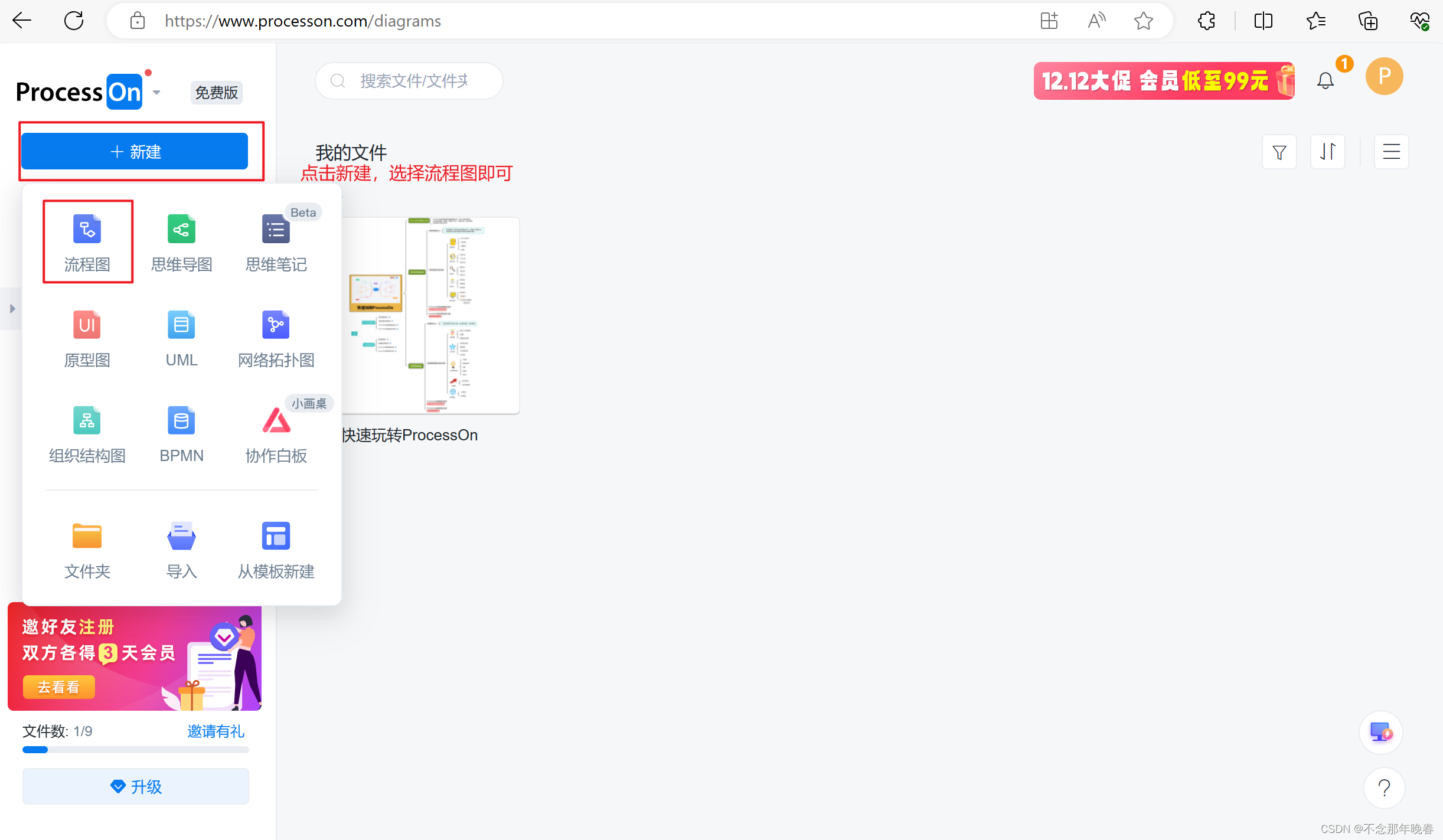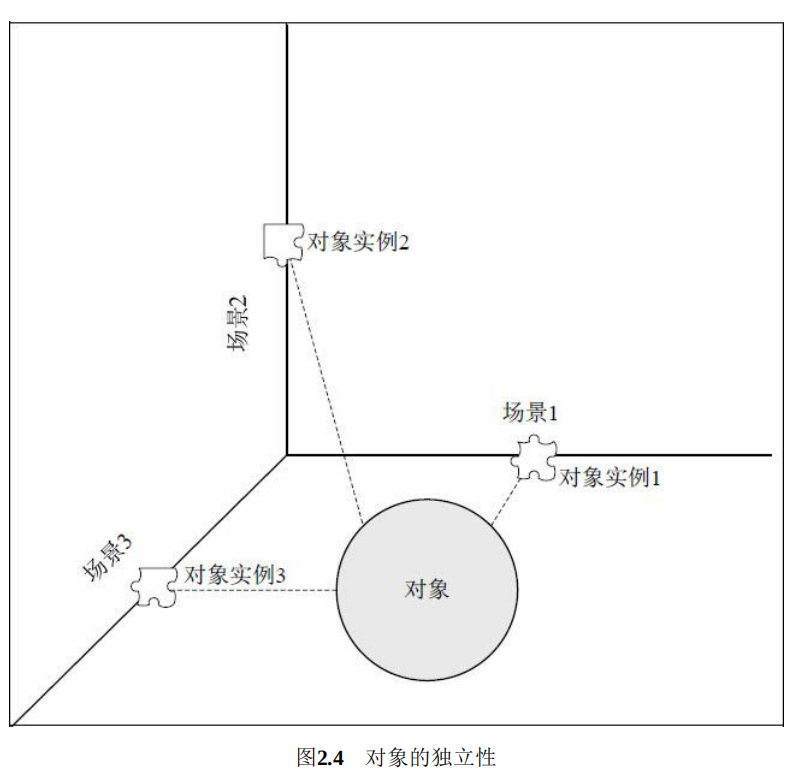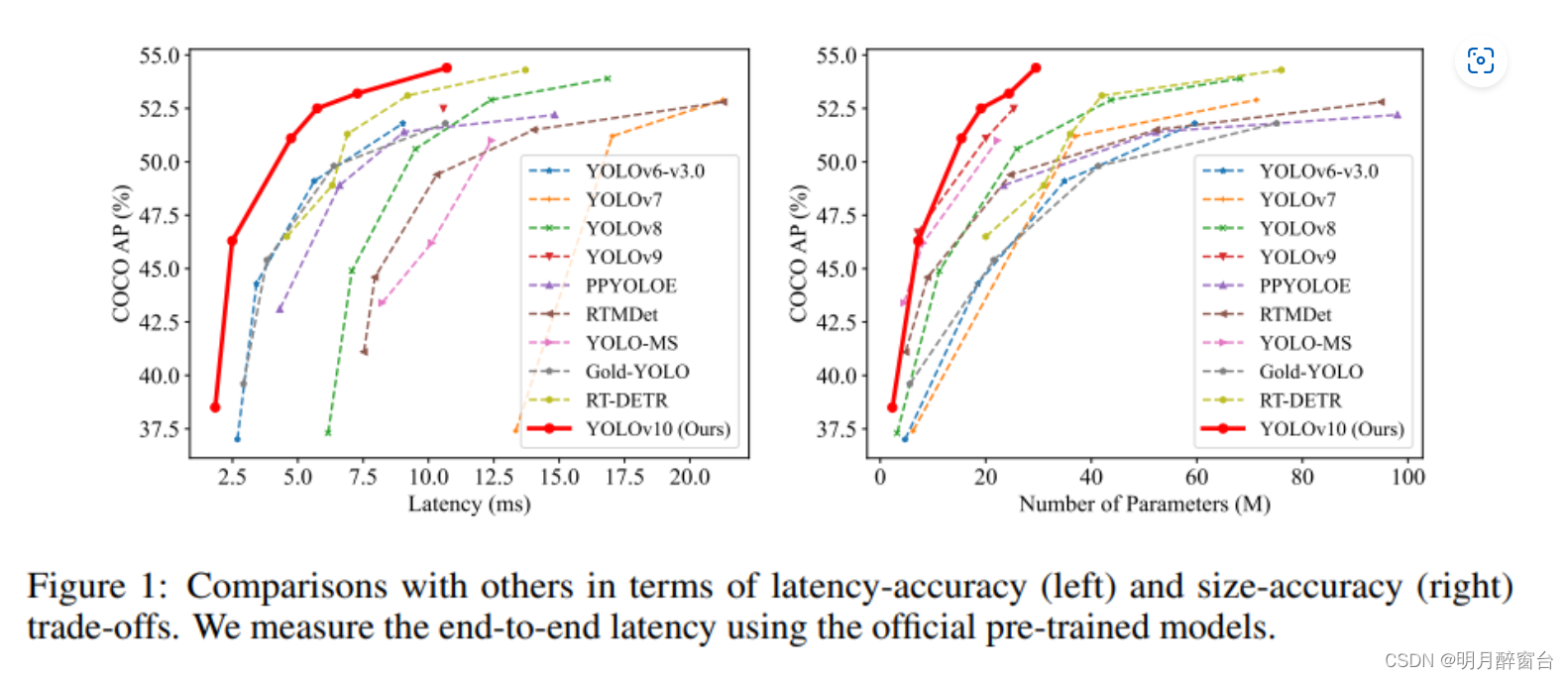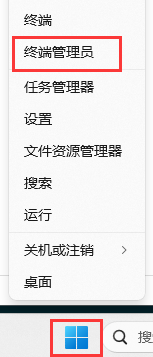自定义cell以及cell复用的内容
前言
cell是我们开发中的一个重要的控件,下面来讲解一下这个内容
cell的复用原理
cell的复用是UITableView的最核心的内容,这里解释一下他的一个复用原理:
初始化的时候他会先创建cell的缓存字典 和 section的缓存array,以及一个用于存放复用cell的mutableSet(可变的集合)。并且它会去创建显示的(n+1)个cell,其他都是从中取出来重用。
当有cell滑出屏幕时,会将其放入到一个set中(相当于一个重用池),当UITableView要求返回cell的时候,datasource会先在集合中查找是否有闲置的cell,若有则会将数据配置到这个cell中,并将cell返回给UITabelView。 这大大减少了内存的开销。
因为我在滚动的过程中会出现一个将cell滚出屏幕外的时候,这时候如果我们一直创建cell的话,如果cell太多了就会出现一个内存开销过多的一个问题。所以我们要采用这个复用的方式来提高内存利用率。
在表视图显示的时候,会创建(视图中可看的单元格个数+1)个单元格,一旦单元格因为滑动的而消失在我们的视野中的时候,消失的单元格就会进入缓存池(或叫复用池),当有新的单元格需要显示的时候,会先从缓存池中取可用的单元格,获取成功则使用获取到的单元格,获取失败则重新创建新的单元格,这就是整个的复用机制。
cell的复用的两种不同方式
接下来讲一下·cell的两种复用方式,主要分成注册和非注册两种方式。
注册
- (void)viewDidLoad {
[super viewDidLoad];
self.tableView = [[UITableView alloc] initWithFrame:self.view.frame style:UITableViewStyleGrouped];
self.tableView.delegate = self;
self.tableView.dataSource = self;
self.ary = @[@"头像", @"名字", @"微信号"];
[self.view addSubview:_tableView];
[self.tableView registerClass:[cell02 class] forCellReuseIdentifier:@"cell"]; //使用代码自定义cell
// Do any additional setup after loading the view.
}
- (UITableViewCell *)tableView:(UITableView *)tableView cellForRowAtIndexPath:(NSIndexPath *)indexPath {
cell02* cell = [tableView dequeueReusableCellWithIdentifier:@"cell" forIndexPath:indexPath];
return cell;
}
非注册
- (void)viewDidLoad {
[super viewDidLoad];
_tableView = [[UITableView alloc] initWithFrame:self.view.bounds style: UITableViewStyleGrouped];
//设置两个代理
_tableView.delegate = self;
_tableView.dataSource = self;
[self.view addSubview:_tableView];
// Do any additional setup after loading the view.
}
-(UITableViewCell*) tableView:(UITableView *)tableView cellForRowAtIndexPath:(NSIndexPath *)indexPath {
NSString* cellStr = @"cell";
UITableViewCell* cell = [tableView dequeueReusableCellWithIdentifier:cellStr];
if (cell == nil) {
cell = [[UITableViewCell alloc] initWithStyle:UITableViewCellStyleDefault reuseIdentifier:cellStr];
}
return cell;
这两种方式都是可以实现复用的,两者有部分的区别,这里引用一段学长博客的话:
上述代码的区别在于注册方法需要提前对我们要使用的cell类进行注册,如此一来就不需要在后续过程中对我们的单元格进行判空。
这是因为我们的注册方法:
- (void)registerClass:(nullable Class)cellClass forCellReuseIdentifier:(NSString *)identifier API_AVAILABLE(ios(6.0));
在调用过程中会自动返回一个单元格实例,如此一来我们就避免了判空操作
区别2:
引用的方法不同
- - (nullable __kindof UITableViewCell *)dequeueReusableCellWithIdentifier:(NSString *)identifier;
- (__kindof UITableViewCell *)dequeueReusableCellWithIdentifier:(NSString *)identifier forIndexPath:(NSIndexPath *)indexPath NS_AVAILABLE_IOS(6_0);
前者用于非注册的方式,后者用于注册的方式中。在写代码的时候注意一一对应。
自定义cell的实现
我们首先要实现自定义cell需要实现两个协议:
UITableViewDelegate和 UITableViewDataSource
前者的主要用于实现显示单元格,设置单元格的行高和对于制定的单元格的操作设置头视图和尾视图
- (void)tableView:(UITableView *)tableView willDisplayCell:(UITableViewCell *)cell forRowAtIndexPath:(NSIndexPath *)indexPath;
- (void)tableView:(UITableView *)tableView willDisplayHeaderView:(UIView *)view forSection:(NSInteger)section API_AVAILABLE(ios(6.0));
- (void)tableView:(UITableView *)tableView willDisplayFooterView:(UIView *)view forSection:(NSInteger)section API_AVAILABLE(ios(6.0));
- (void)tableView:(UITableView *)tableView didEndDisplayingCell:(UITableViewCell *)cell forRowAtIndexPath:(NSIndexPath*)indexPath API_AVAILABLE(ios(6.0));
- (void)tableView:(UITableView *)tableView didEndDisplayingHeaderView:(UIView *)view forSection:(NSInteger)section API_AVAILABLE(ios(6.0));
- (void)tableView:(UITableView *)tableView didEndDisplayingFooterView:(UIView *)view forSection:(NSInteger)section API_AVAILABLE(ios(6.0));
- (CGFloat)tableView:(UITableView *)tableView heightForRowAtIndexPath:(NSIndexPath *)indexPath;
- (CGFloat)tableView:(UITableView *)tableView heightForHeaderInSection:(NSInteger)section;
- (CGFloat)tableView:(UITableView *)tableView heightForFooterInSection:(NSInteger)section;
后者主要用于设置UITableView的section和row的数量
- (NSInteger)tableView:(UITableView *)tableView numberOfRowsInSection:(NSInteger)section;
// Row display. Implementers should *always* try to reuse cells by setting each cell's reuseIdentifier and querying for available reusable cells with dequeueReusableCellWithIdentifier:
// Cell gets various attributes set automatically based on table (separators) and data source (accessory views, editing controls)
- (UITableViewCell *)tableView:(UITableView *)tableView cellForRowAtIndexPath:(NSIndexPath *)indexPath;
我们自定义cell先要创建一个类继承UITableViewCell
#import <UIKit/UIKit.h>
NS_ASSUME_NONNULL_BEGIN
@interface myCustomCell : UITableViewCell //在这里设置我们自己需要的一些UI控件
@property (nonatomic, strong) UIButton* btn;
@property (nonatomic, strong) UILabel* label1;
@property (nonatomic, strong) UILabel* label2;
@property (nonatomic, strong) UIImageView* imageView01;
@end
NS_ASSUME_NONNULL_END
然后需要重写一个方法- (instancetype)initWithStyle:(UITableViewCellStyle)style reuseIdentifier:(NSString *)reuseIdentifier
-(instancetype)initWithStyle:(UITableViewCellStyle)style reuseIdentifier:(NSString *)reuseIdentifier {
self = [super initWithStyle:style reuseIdentifier:reuseIdentifier];
if ([self.reuseIdentifier isEqualToString:@"picture"]) {
_label1 = [[UILabel alloc] init];
_label1.textColor = UIColor.blackColor;
_label1.font = [UIFont systemFontOfSize:17];
[self.contentView addSubview:_label1];
_label2 = [[UILabel alloc] init];
_label2.textColor = UIColor.grayColor;
_label2.font = [UIFont systemFontOfSize:10];
[self.contentView addSubview:_label2];
_imageView01 = [[UIImageView alloc] init]; // 创建UIImageView对象
[self.contentView addSubview:_imageView01];
_btn = [UIButton buttonWithType:UIButtonTypeCustom];
[self.contentView addSubview:_btn];
}
return self;
}
最后设置一个布局
-(void)layoutSubviews {
//设置一下自己ui控件的frame
}
这样就可以实现我们的一个自定义cell的内容了。
总结
这里简单介绍了一下有关自定义cell的内容和cell复用的原理。



























![高阶数据结构[2]图的初相识](https://img-blog.csdnimg.cn/direct/c4fda6629cc5432084fb59651eb3a82e.png)









